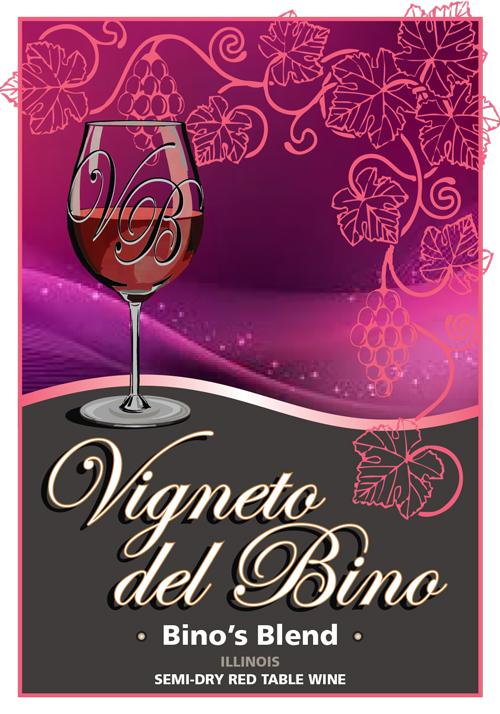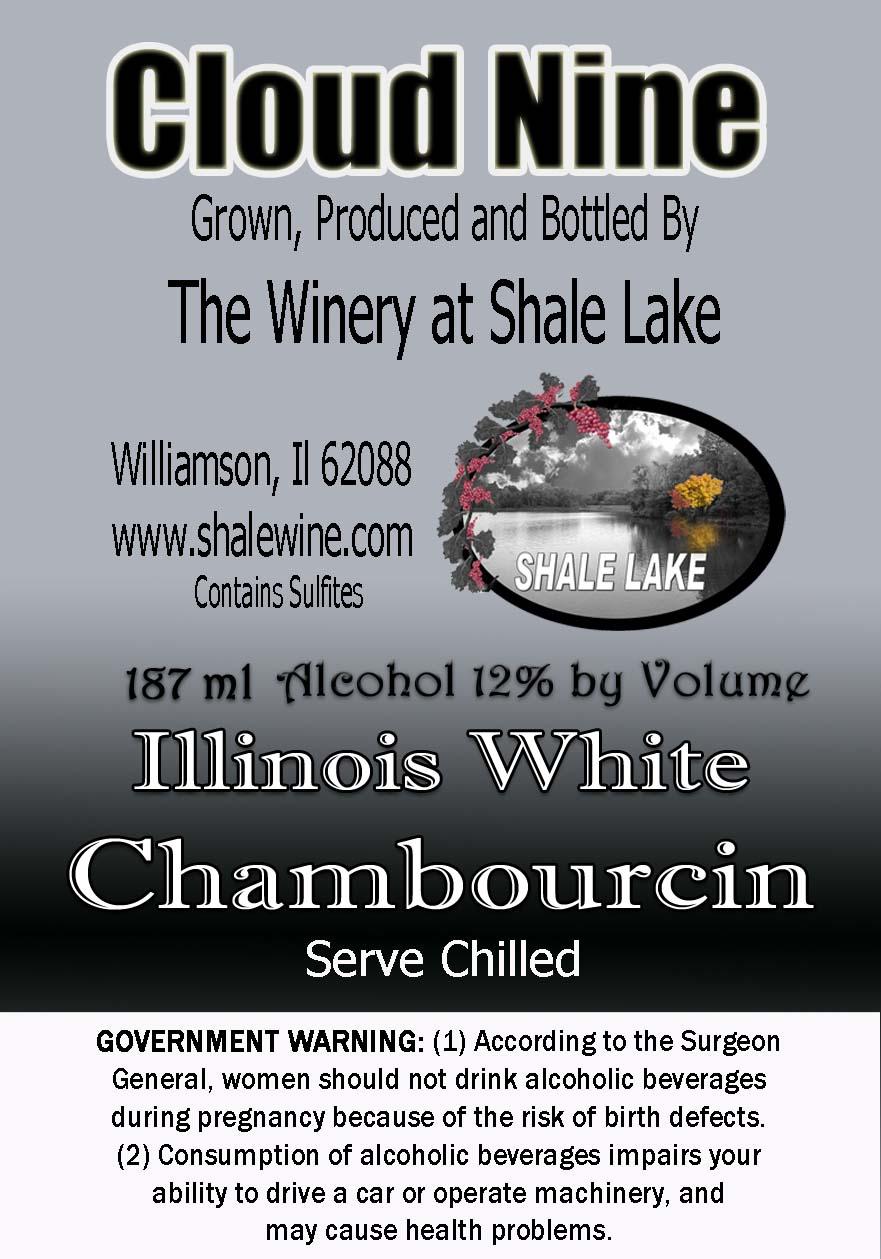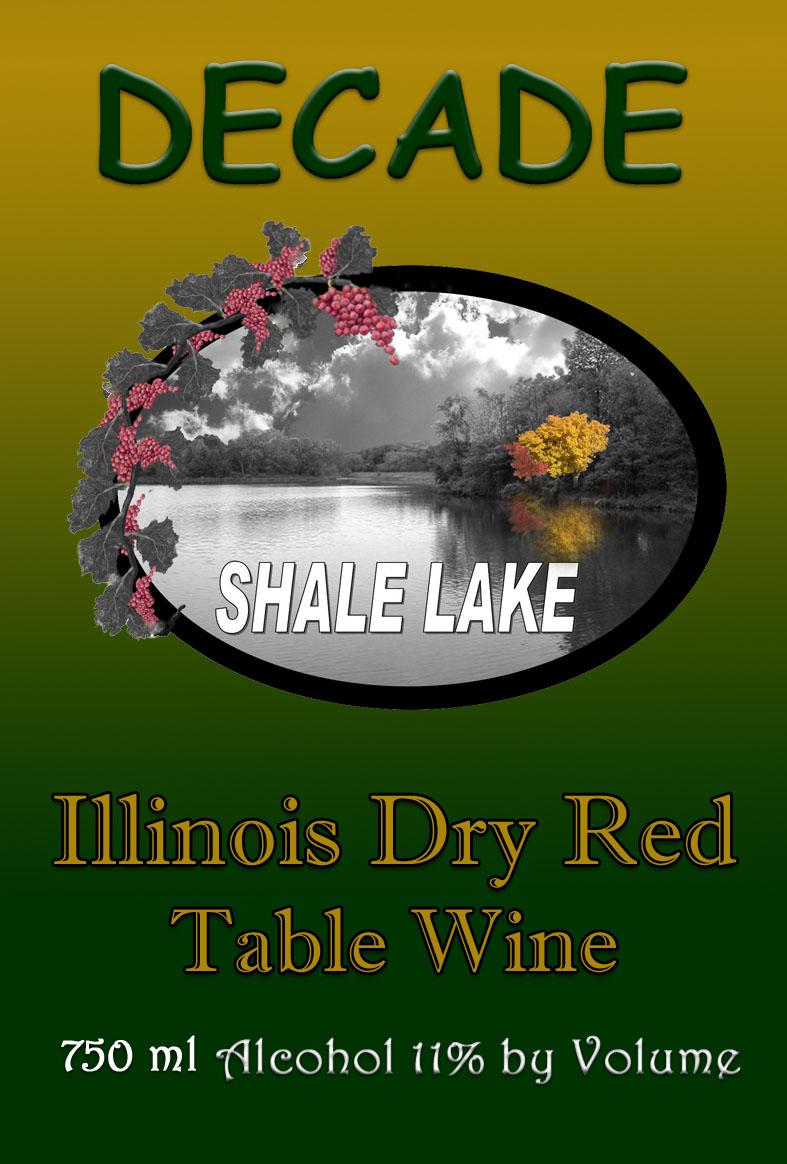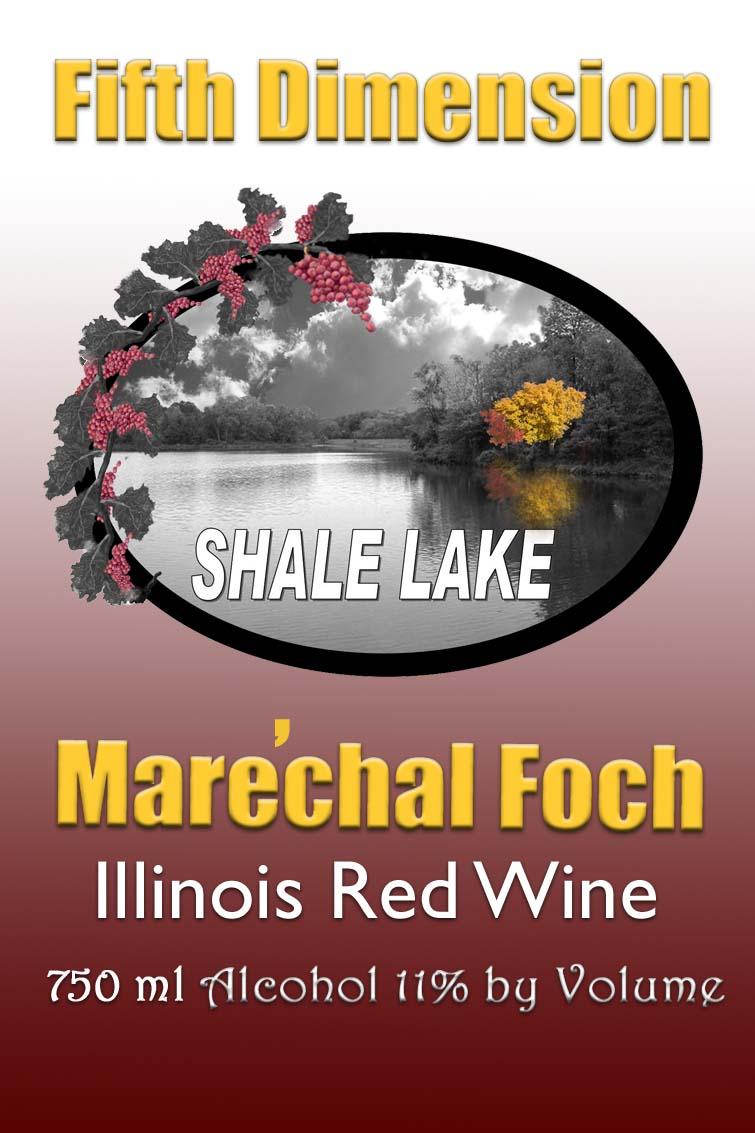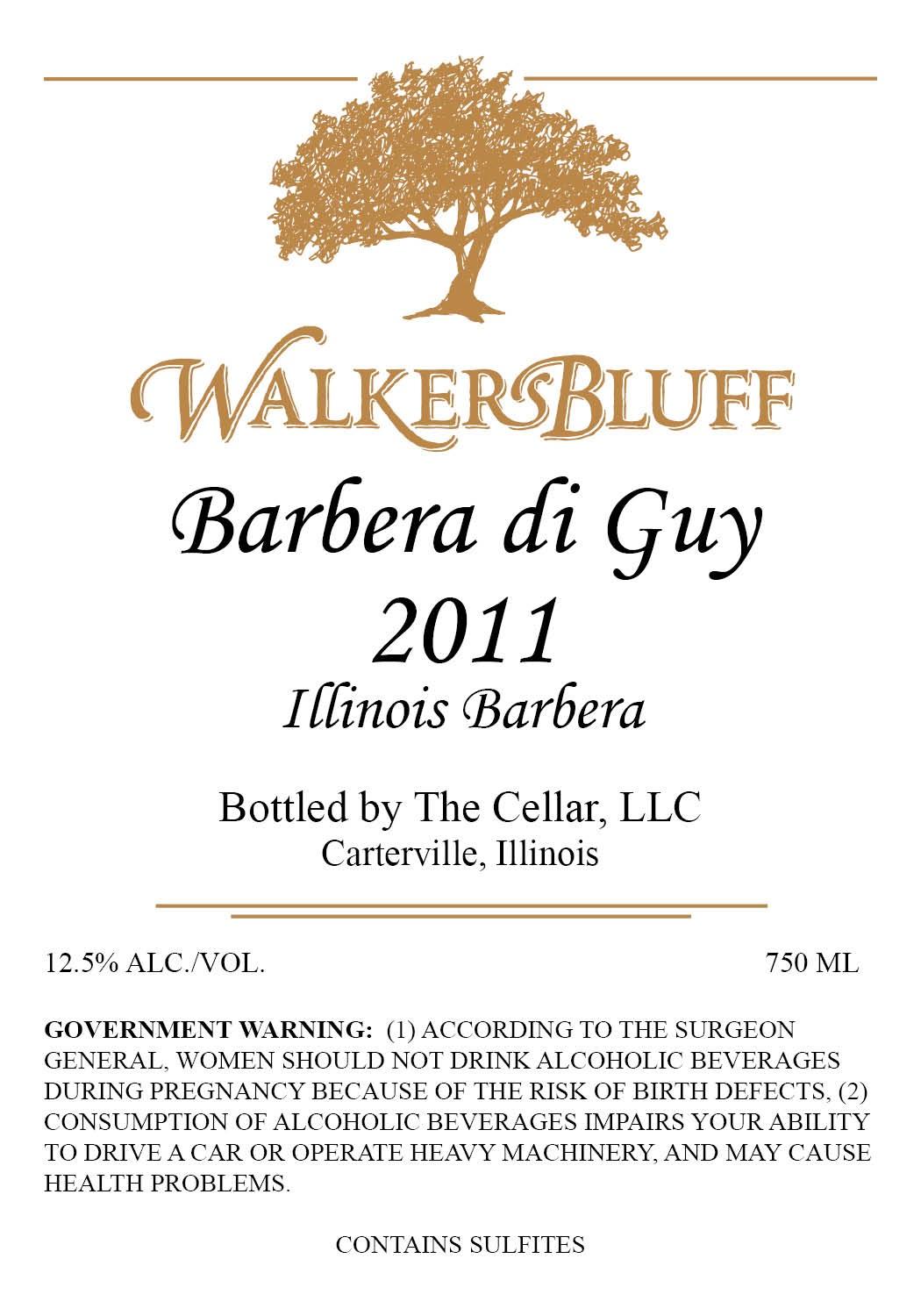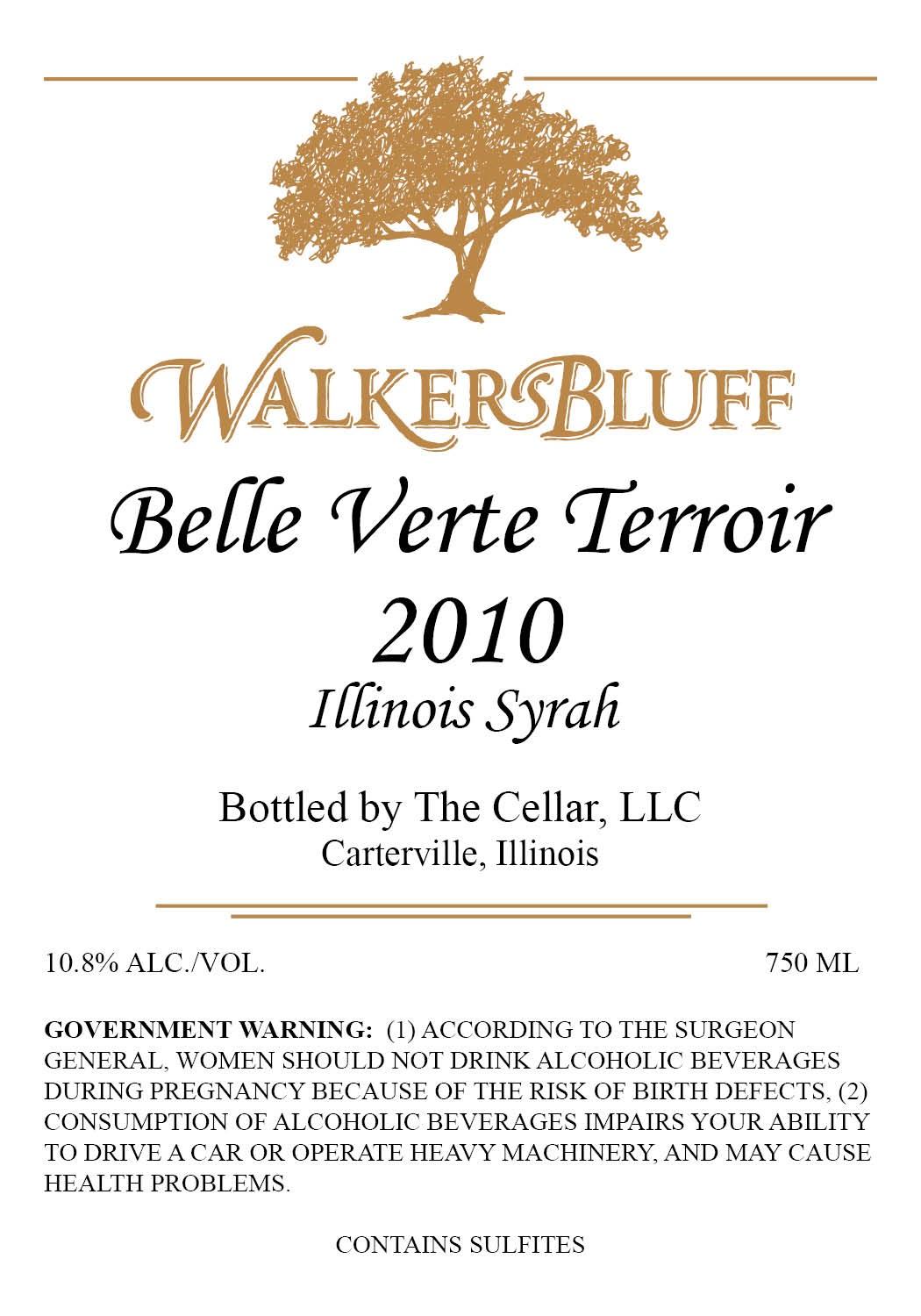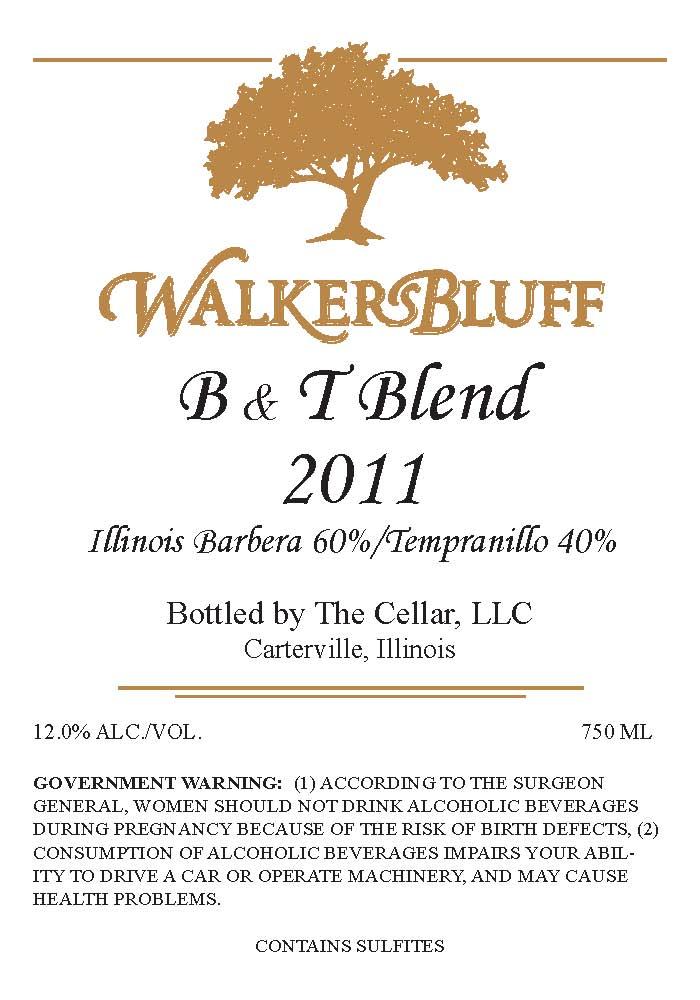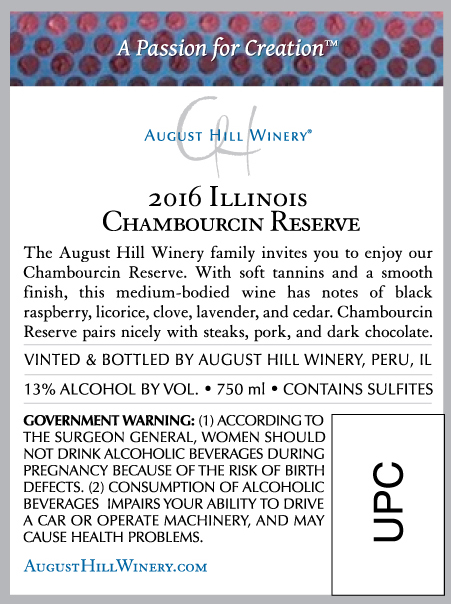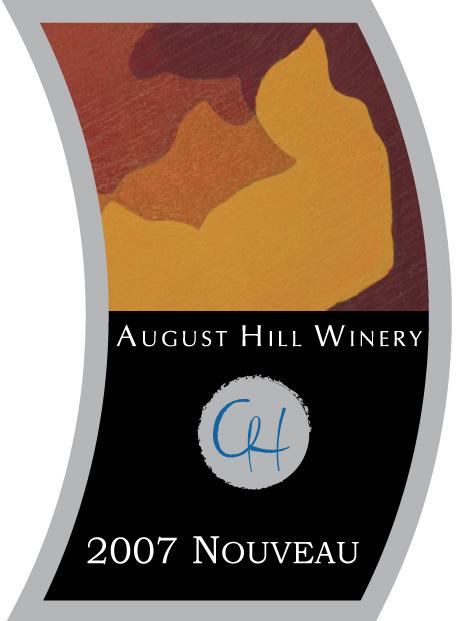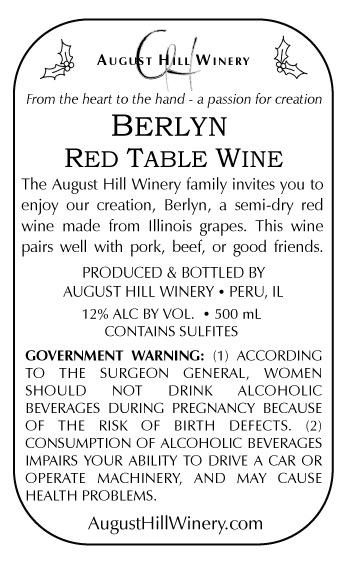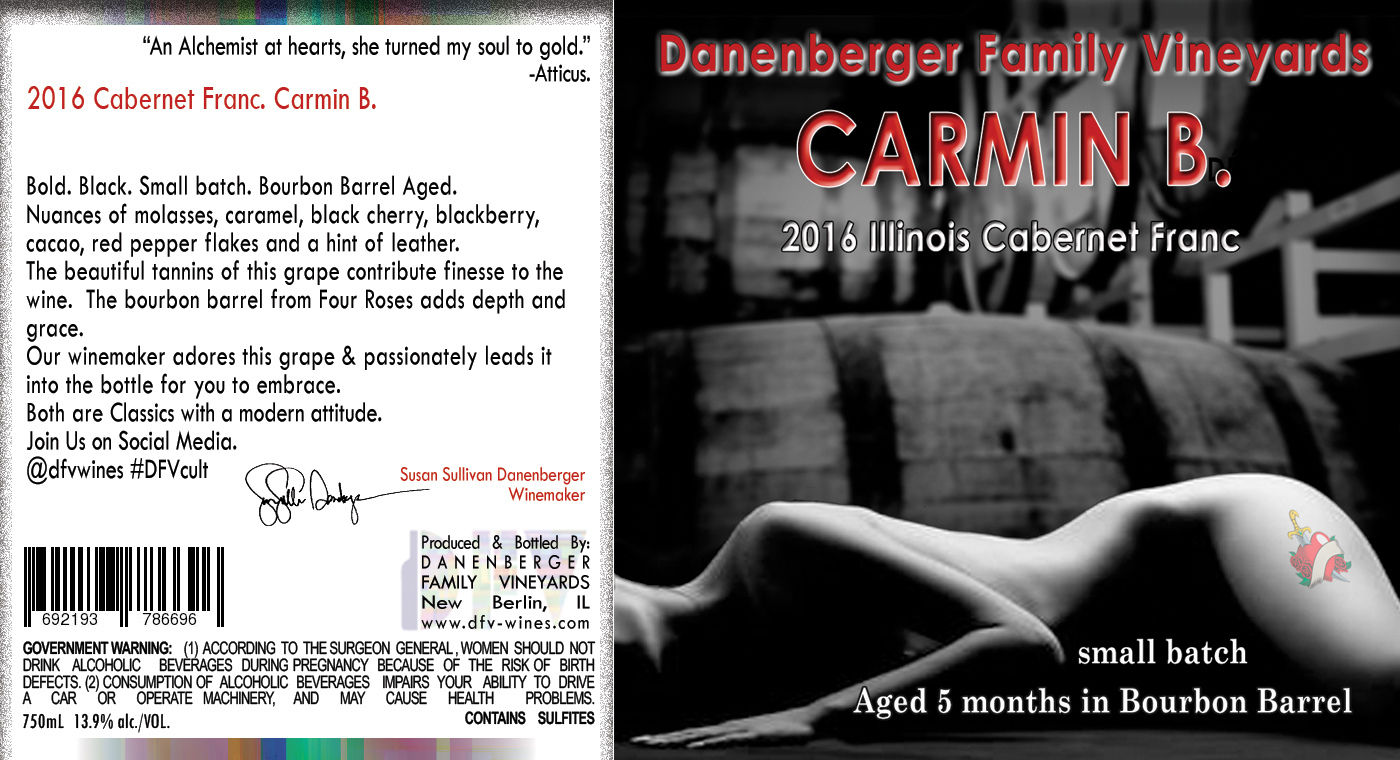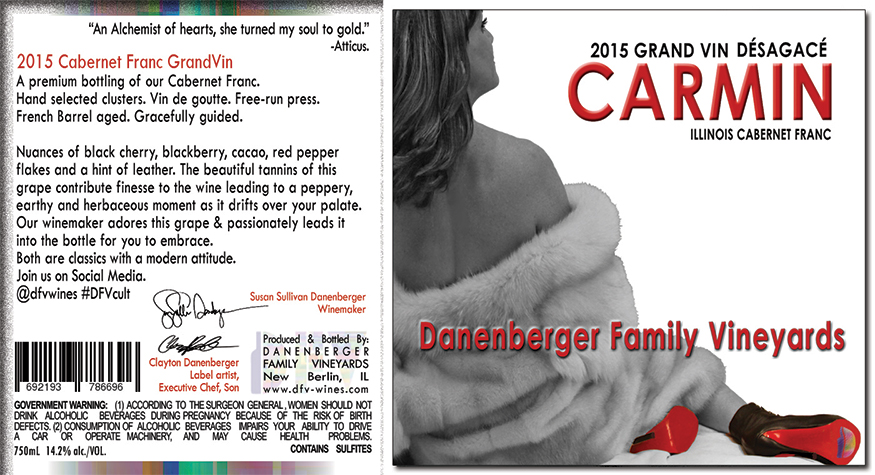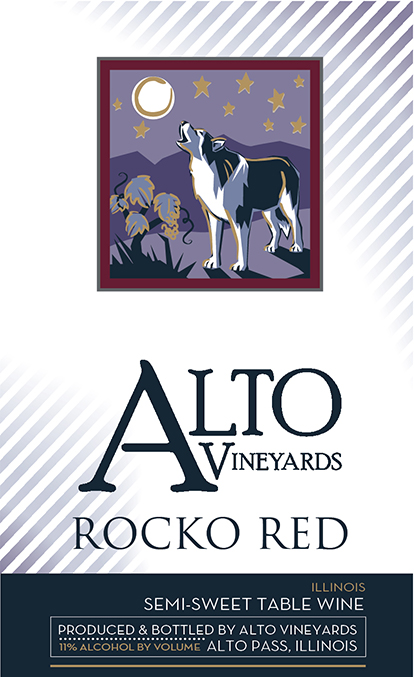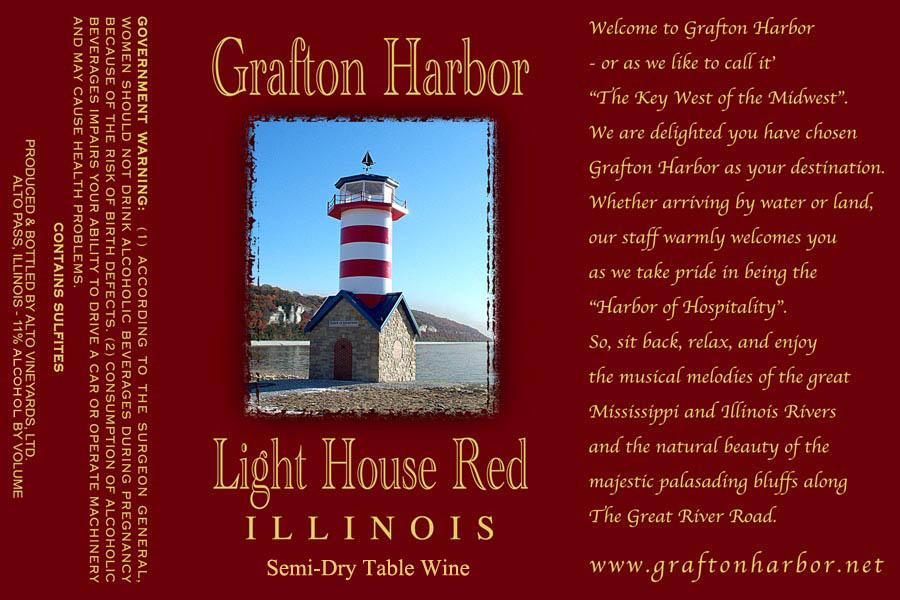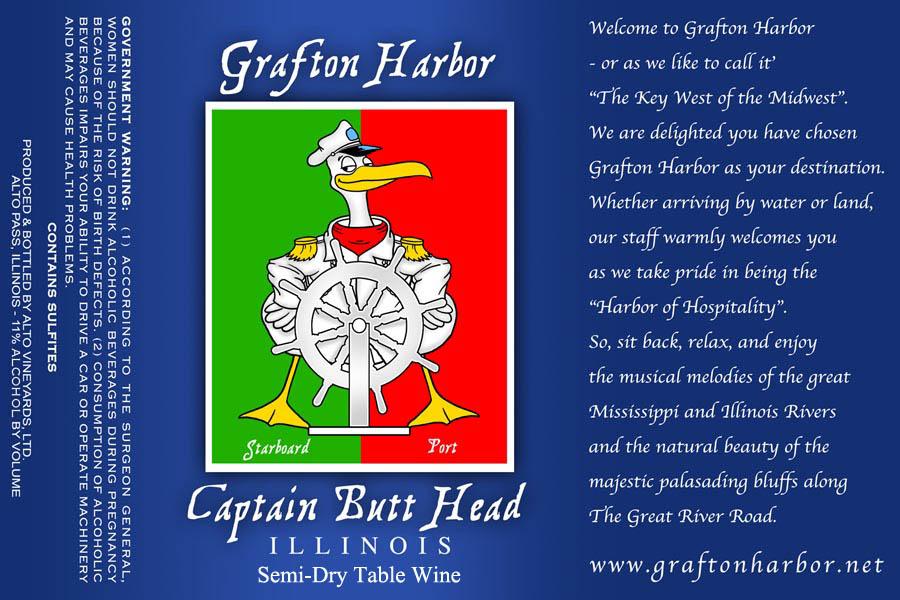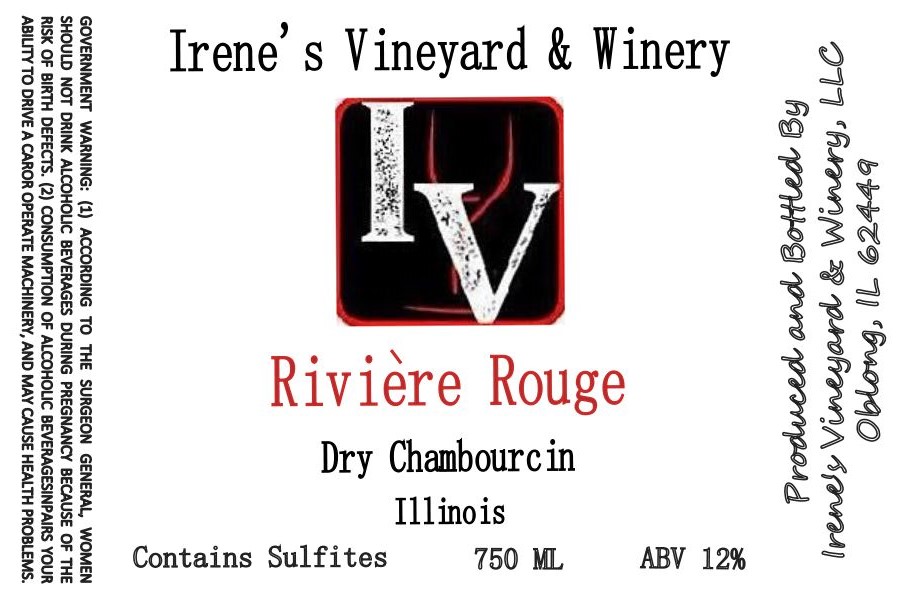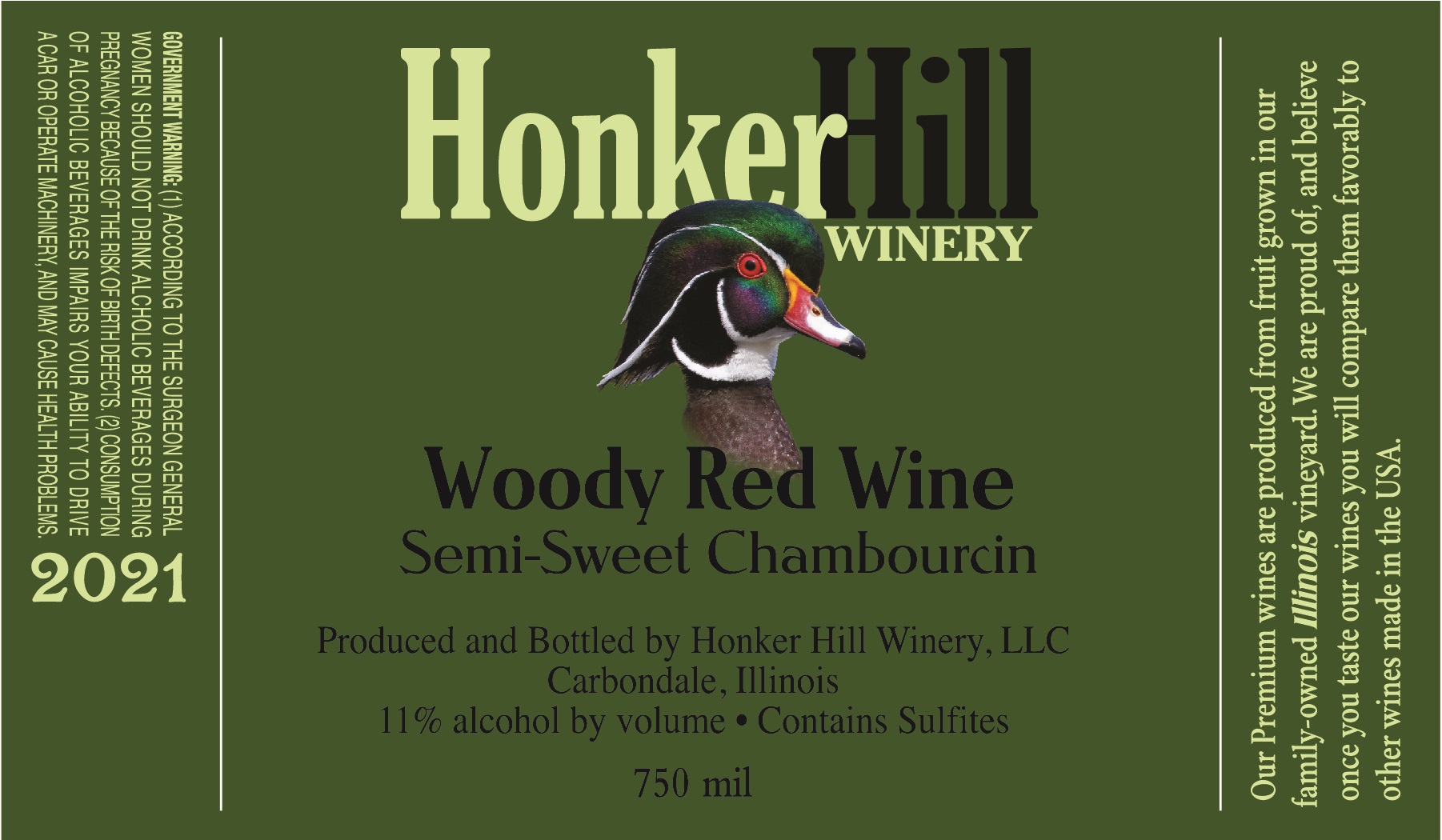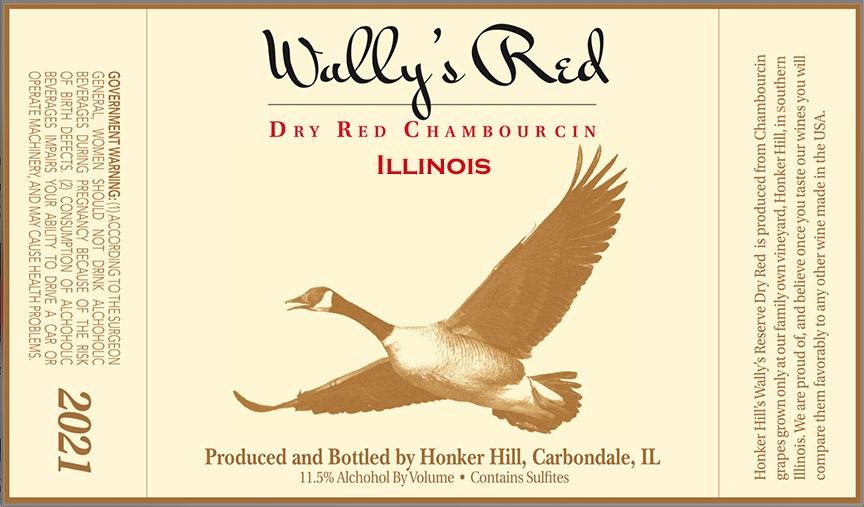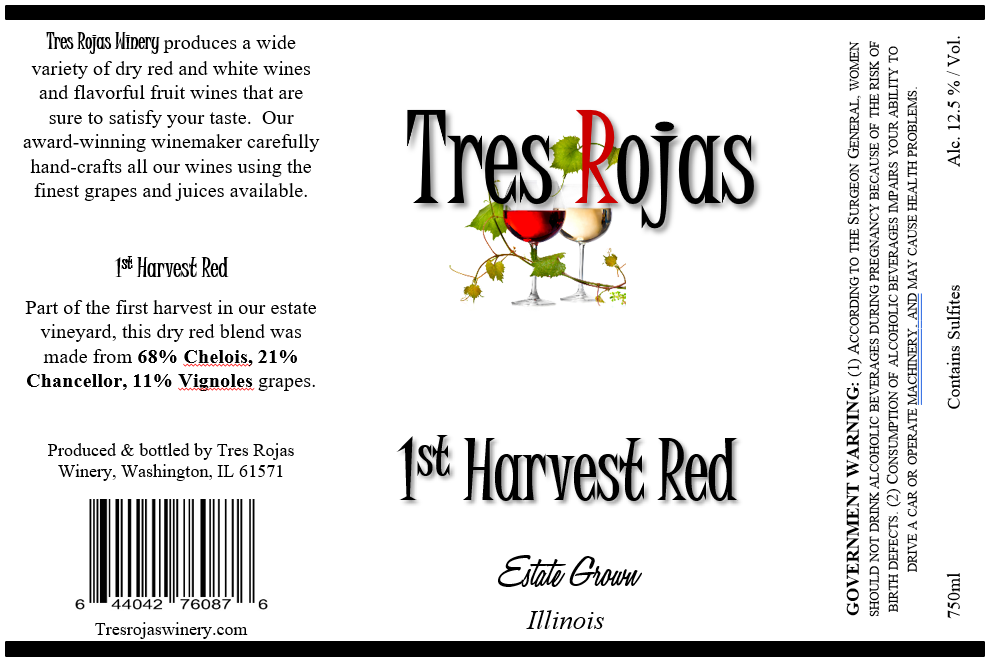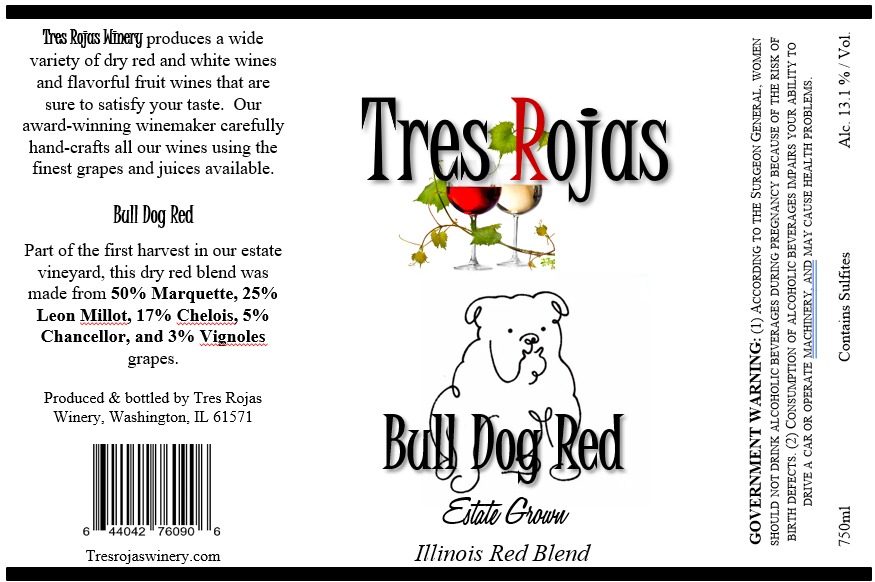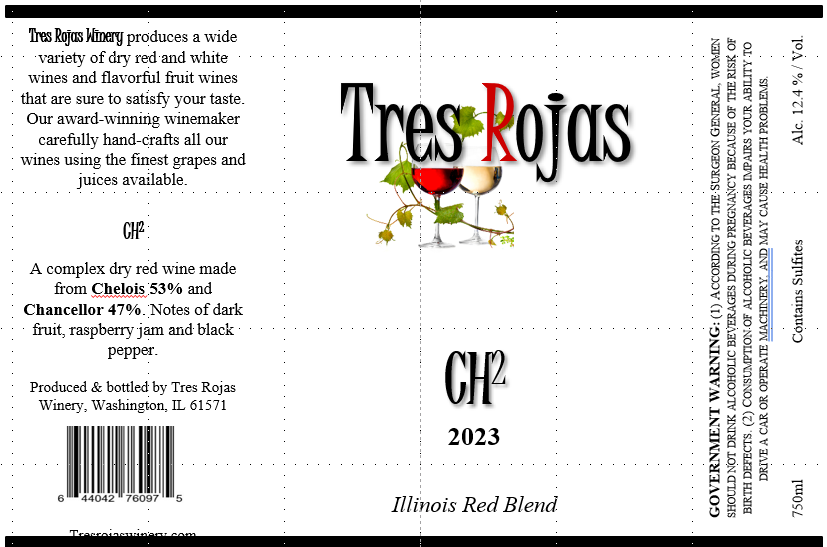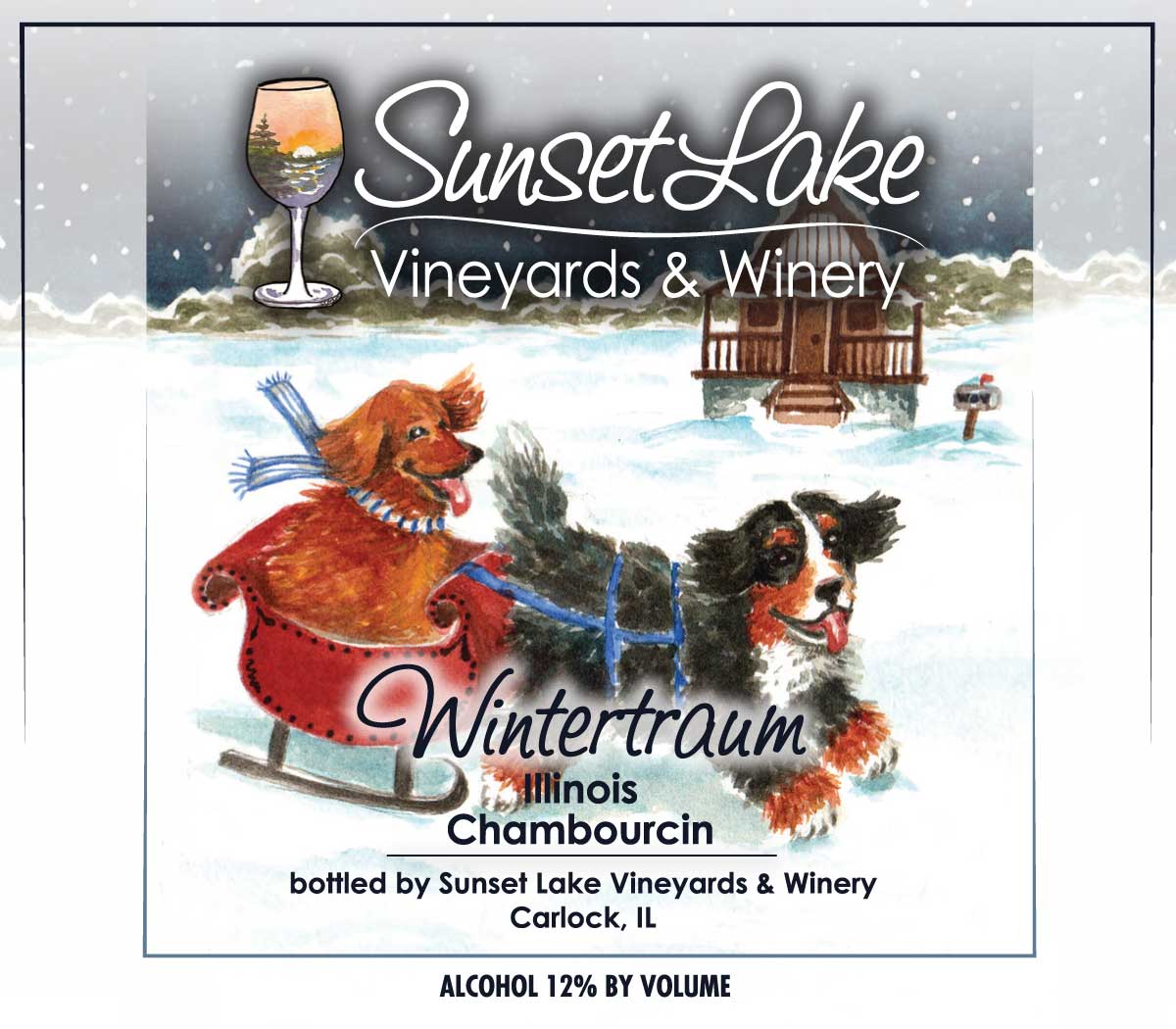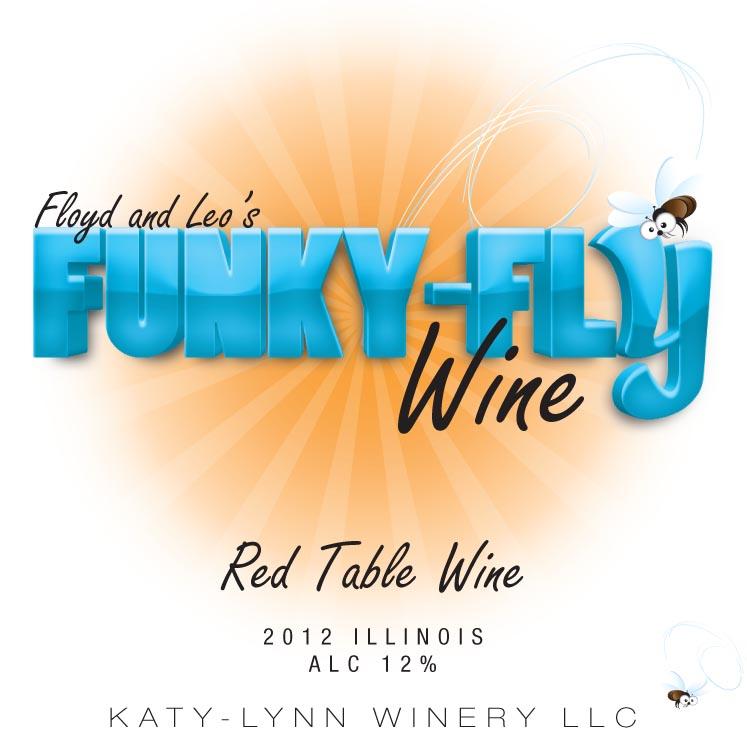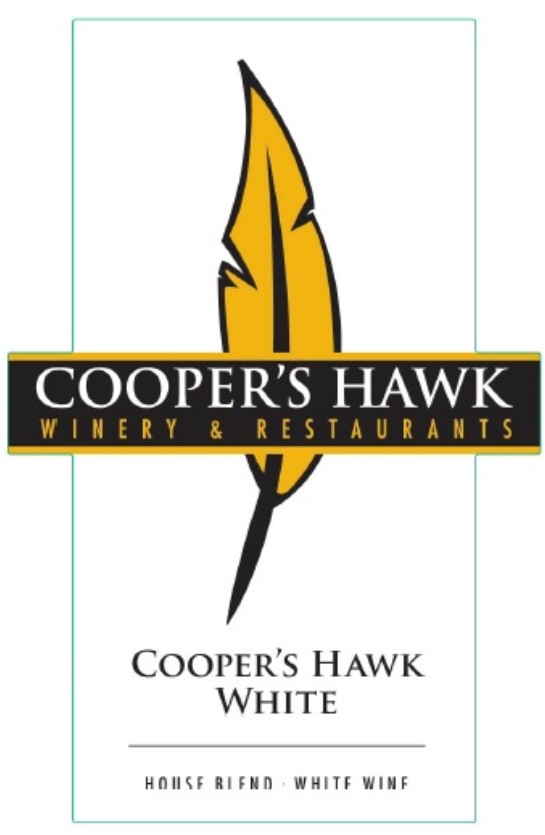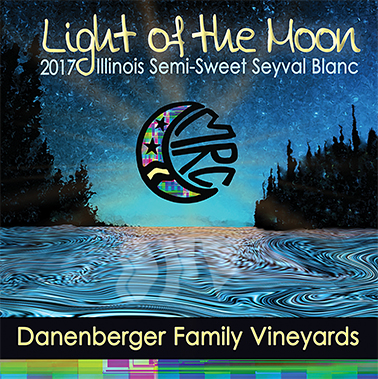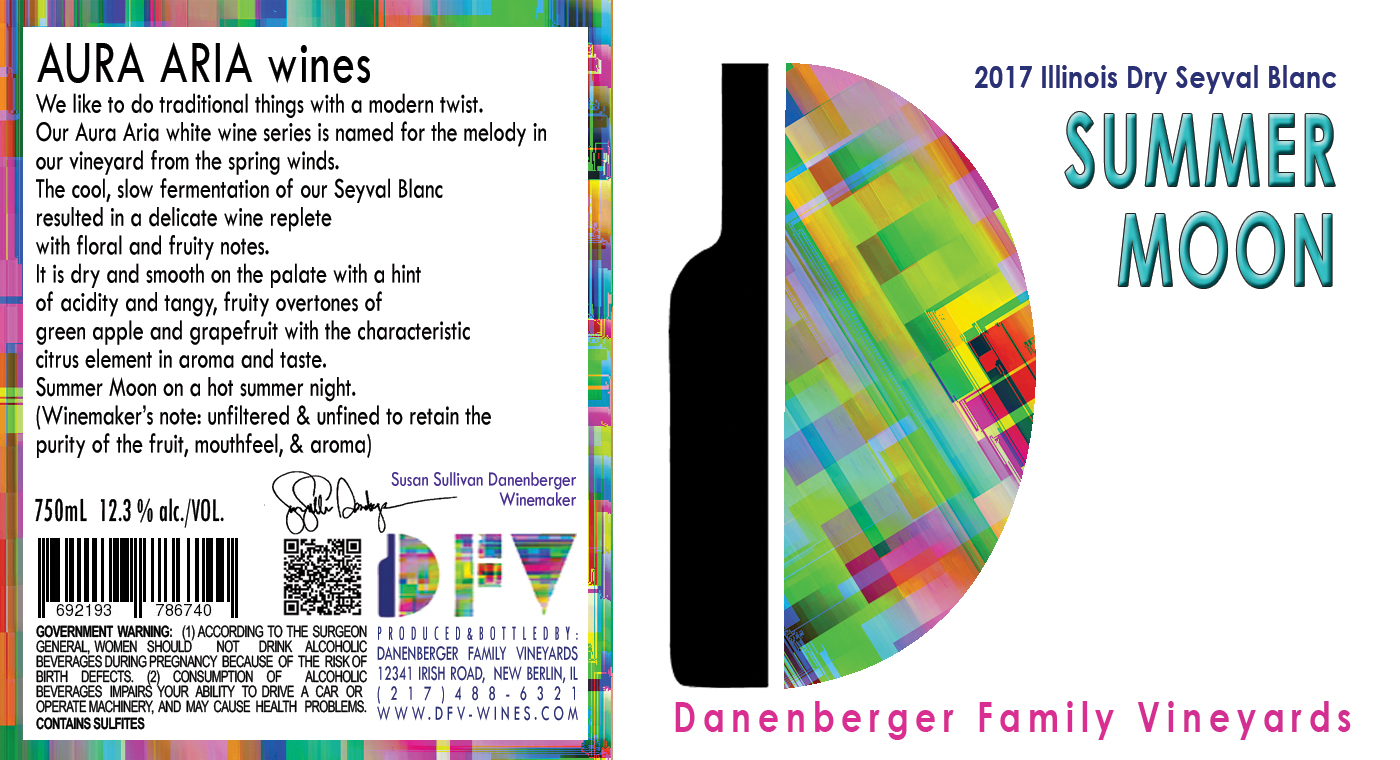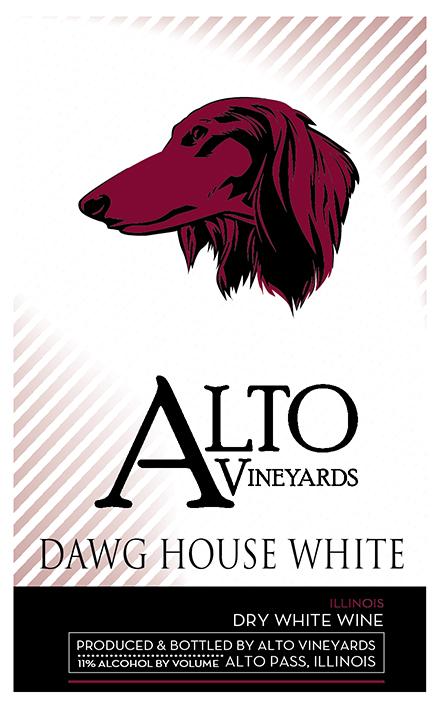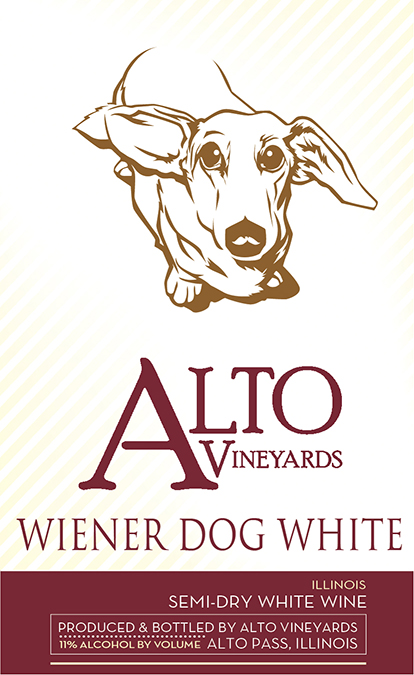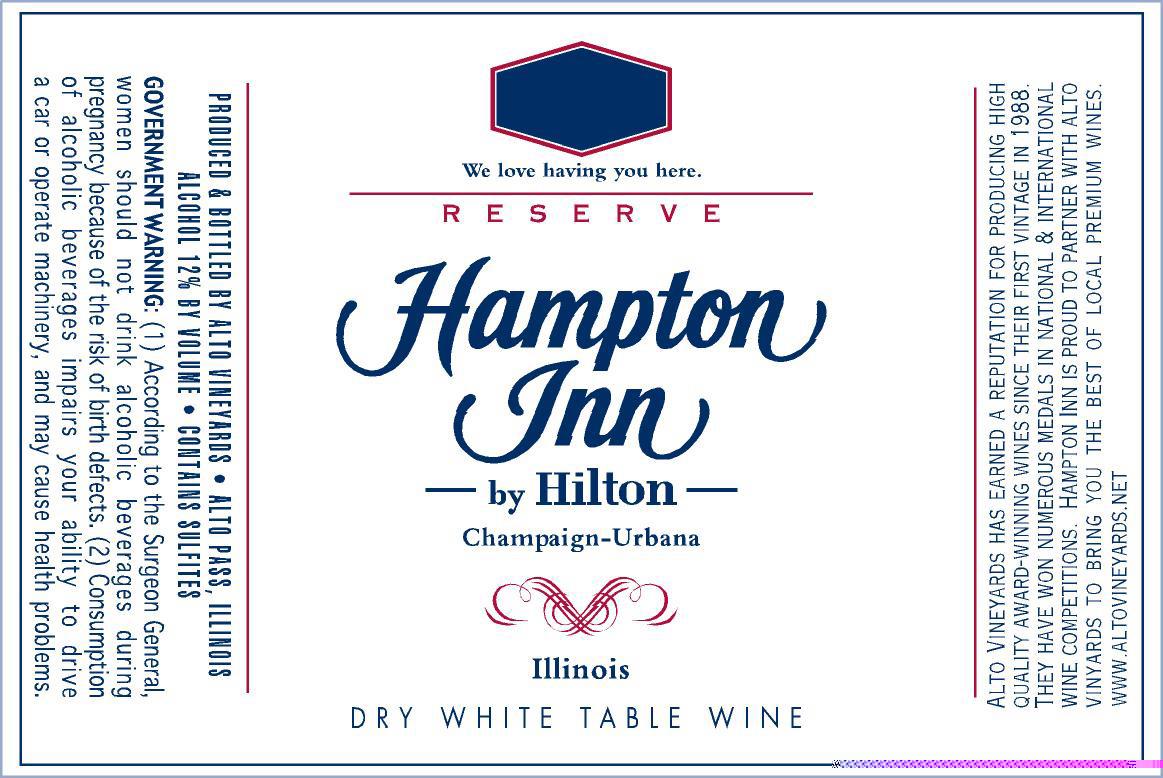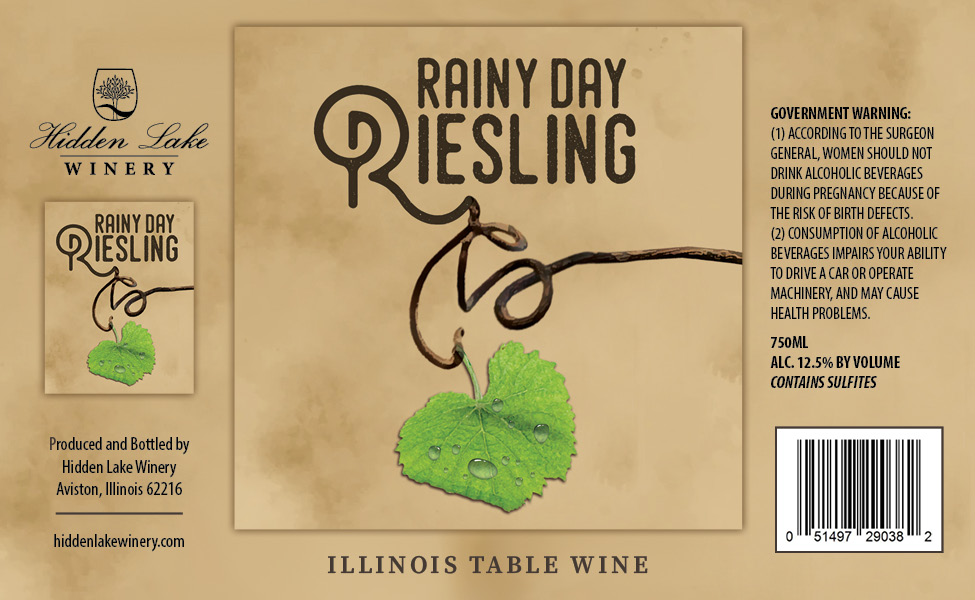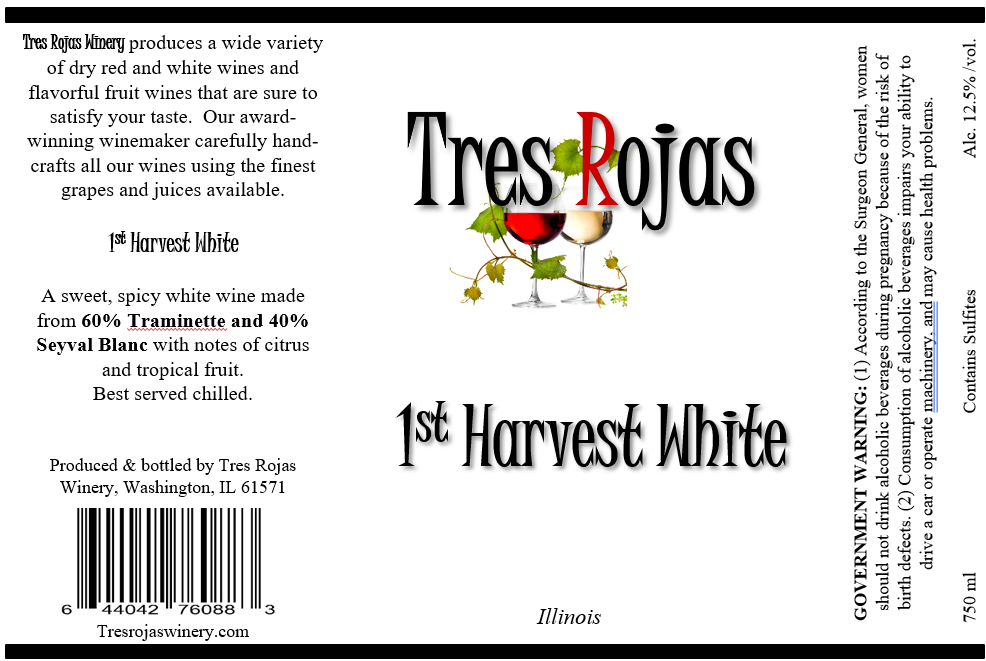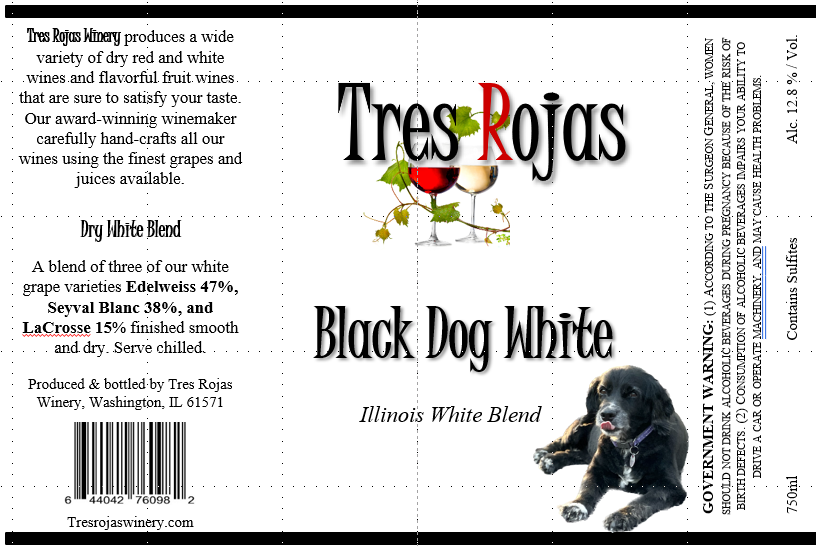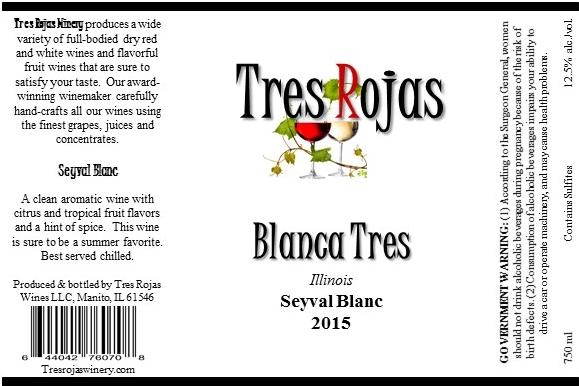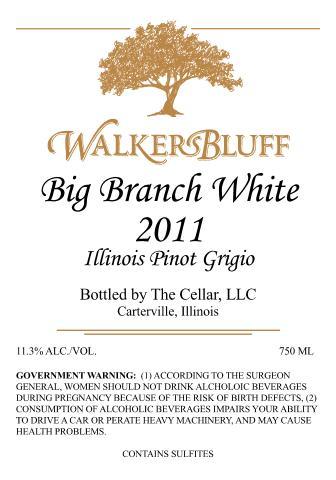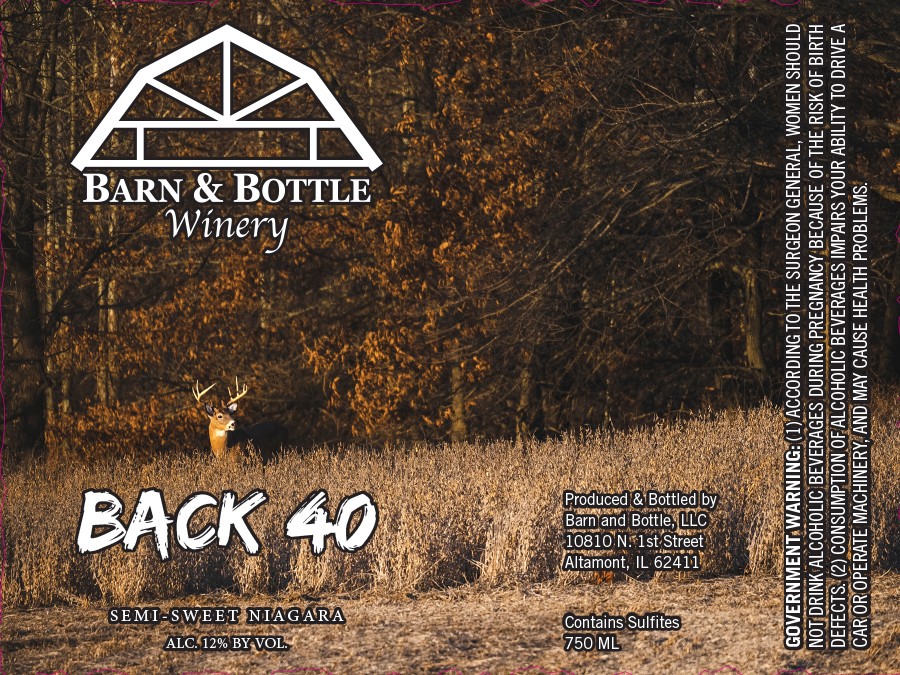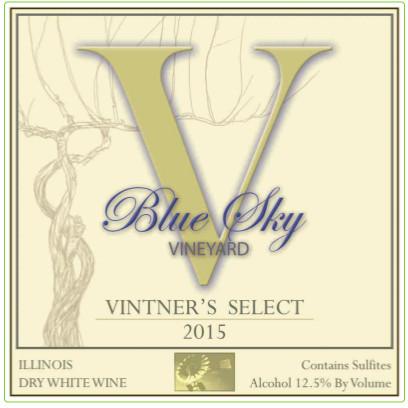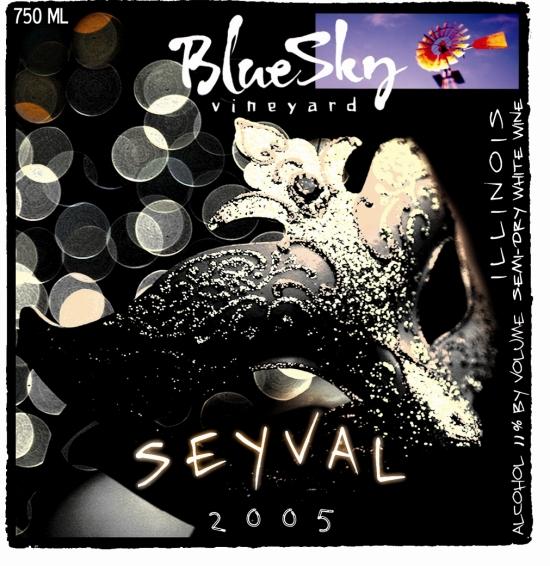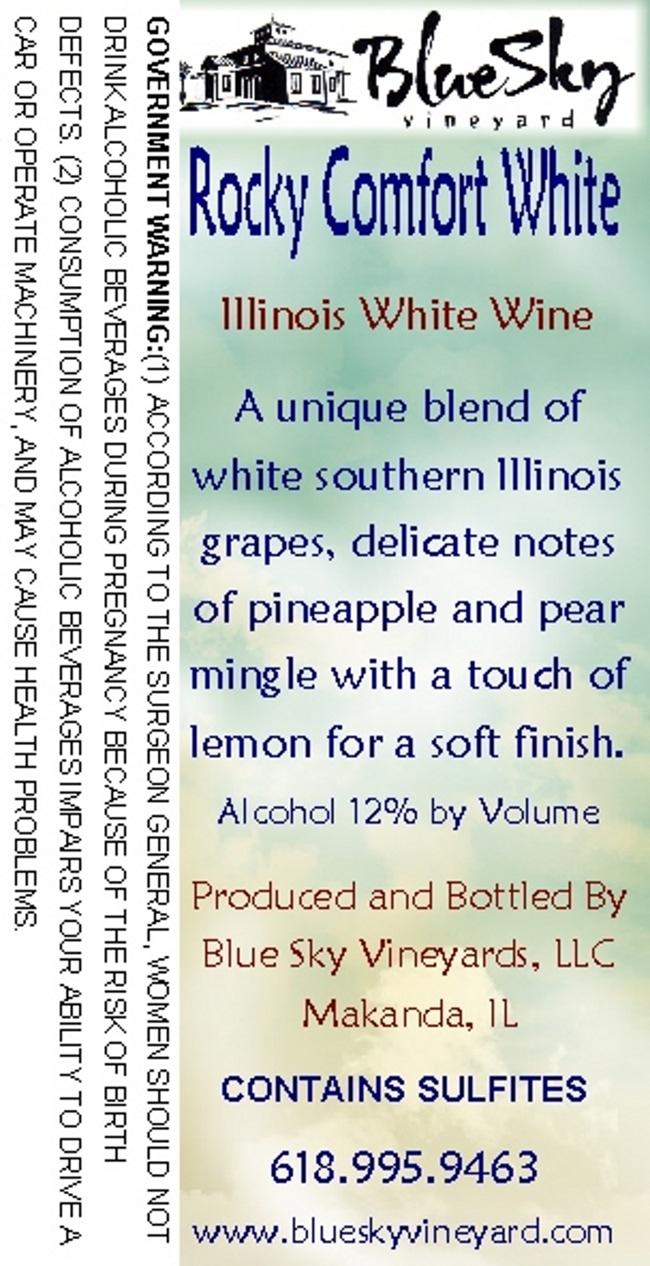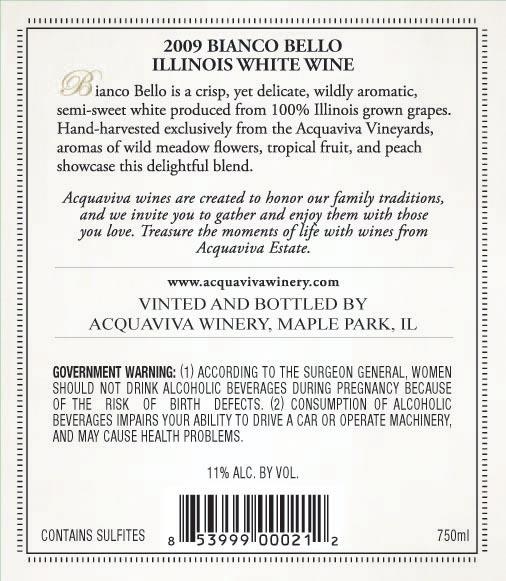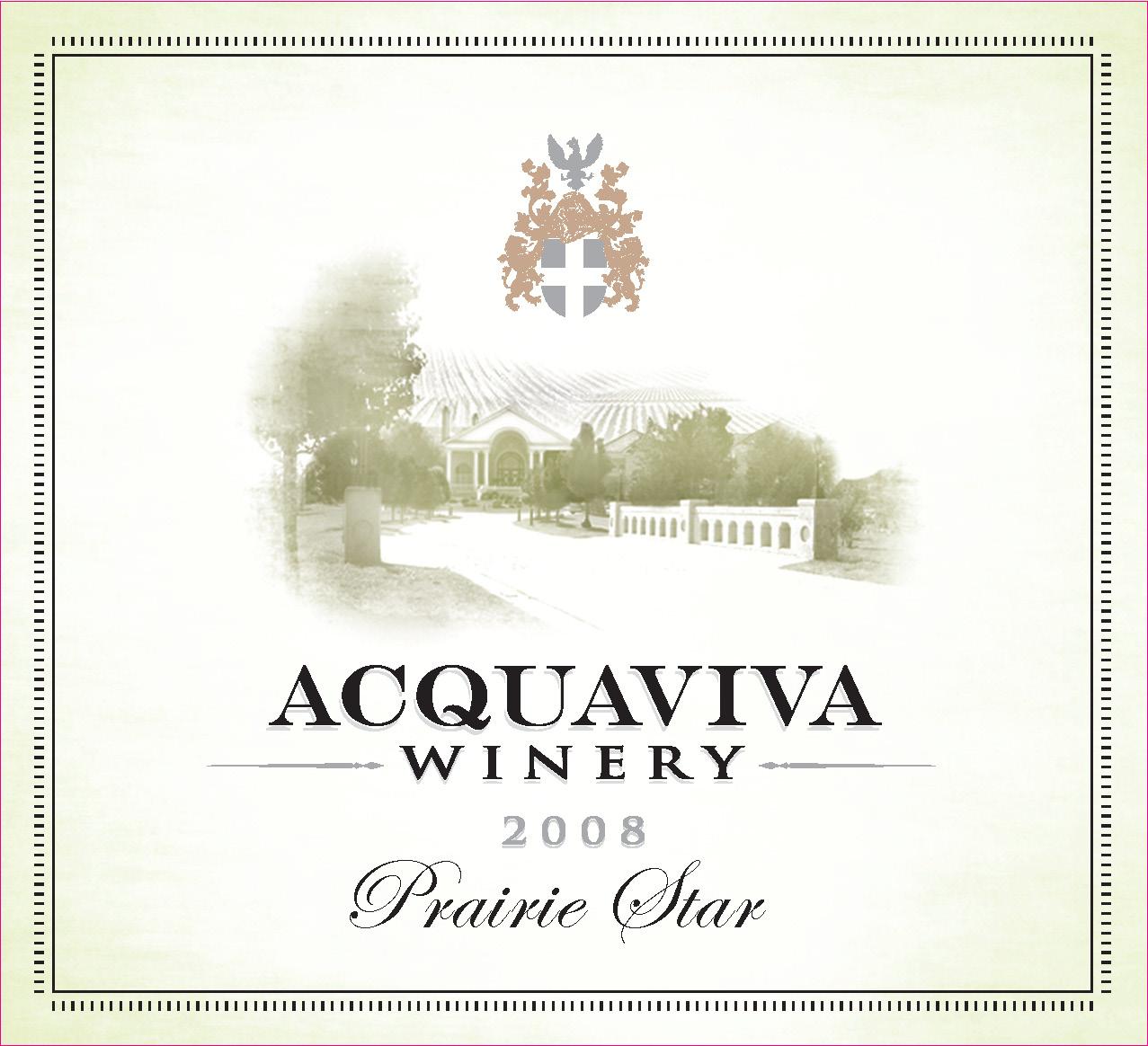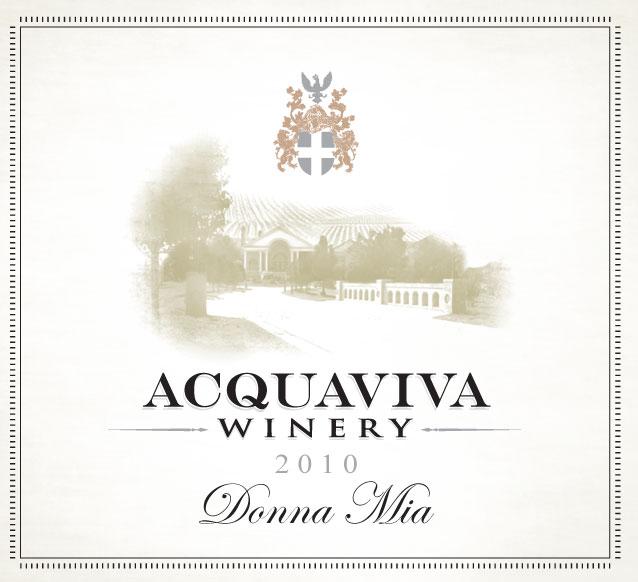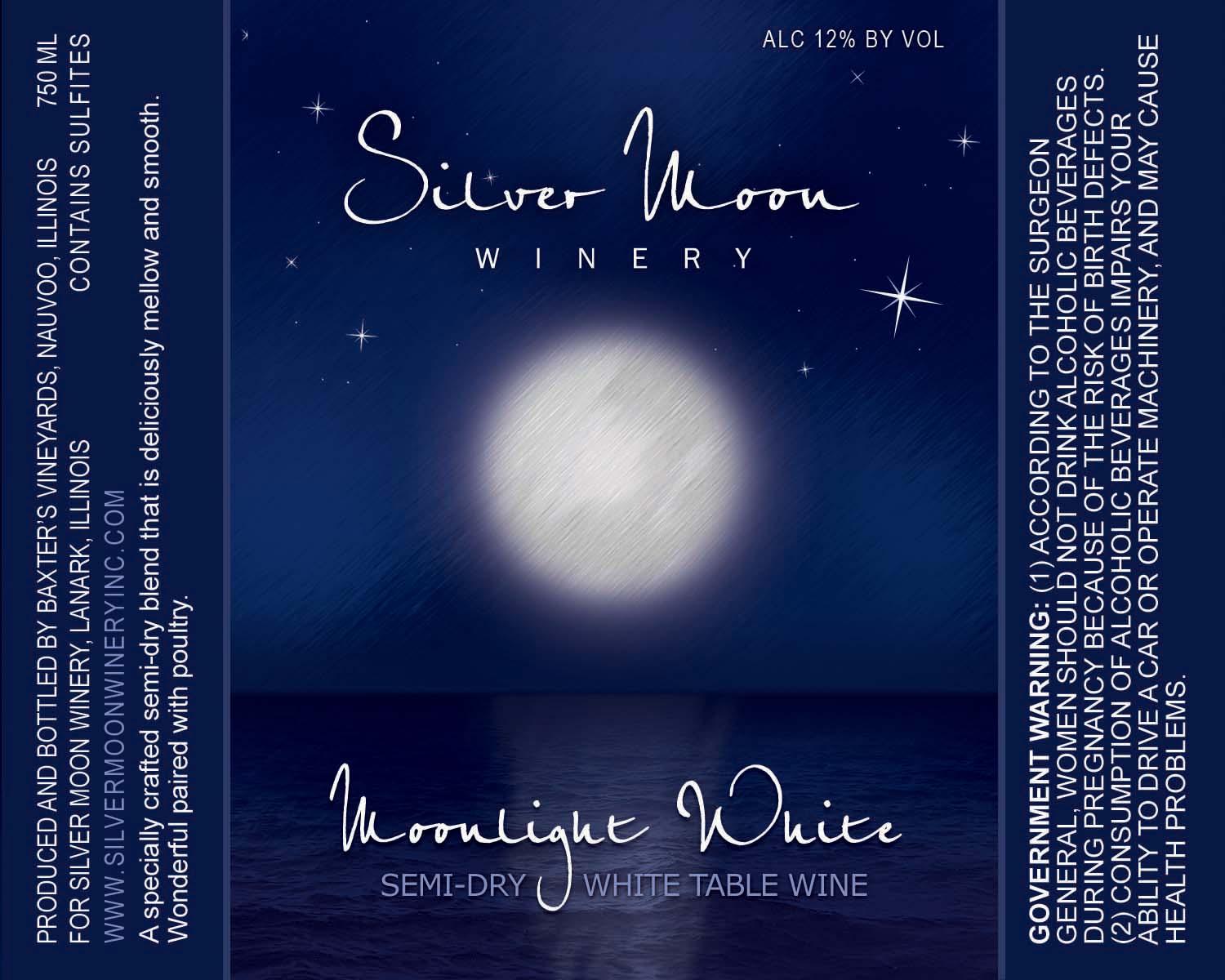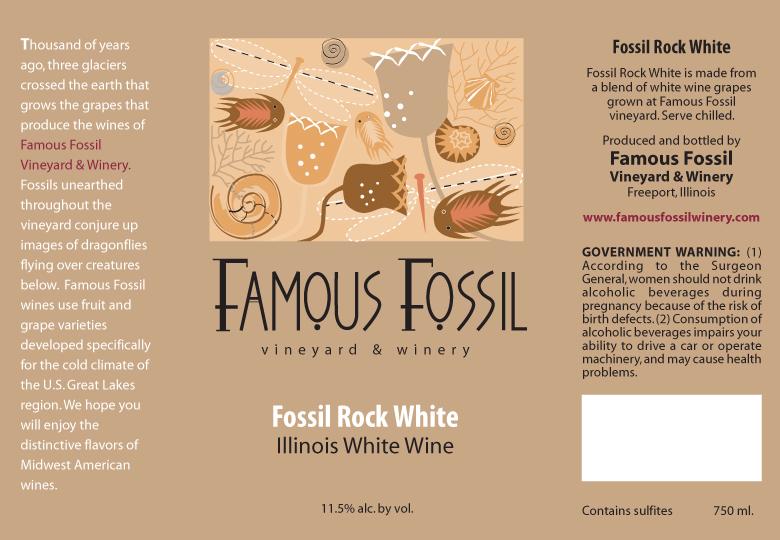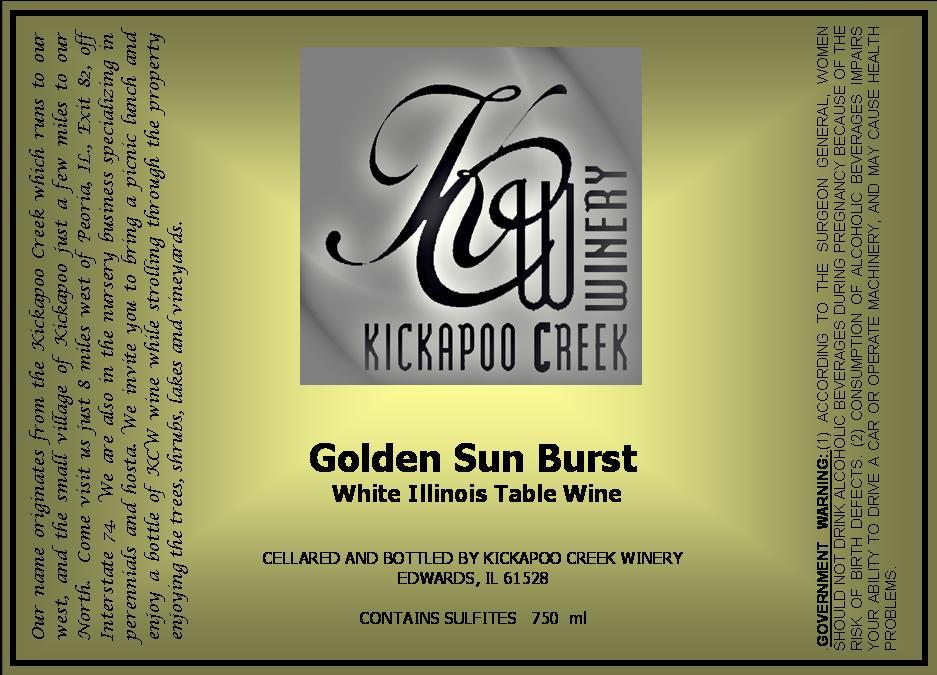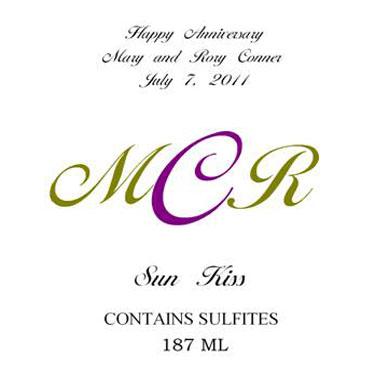Terroir of Illinois
Illinois has a varied climate, with its northern and southern regions showing big temperature differences. Northern Illinois faces cold winters with a continental climate, needing tough hybrids like Frontenac and Traminette for shorter growing seasons. Southern Illinois, with a humid subtropical climate, enjoys a longer growing season, supporting varieties like Chambourcin and Chardonel.
The state's geology includes glacial and driftless areas, featuring fertile silt-loams in the north and well-drained, mineral-rich soils in the Shawnee Hills. These conditions create unique grape flavors, especially in the Shawnee Hills AVA. Illinois vineyards are often on slopes, using breezes to fight summer humidity and fungal threats, while rivers like the Mississippi create microclimates that moderate temperatures and lower frost risk.
Notable Wineries in Illinois
Illinois's wine landscape is enriched by a blend of historical roots and innovative spirit. Here are a few notable wineries shaping the state's wine narrative:
-
Baxter’s Vineyards: Established in 1857, this Nauvoo winery is Illinois's oldest, offering diverse wines from its historic Mississippi River location.
-
Lynfred Winery: Founded in 1979 in Roselle, it was the first post-Prohibition winery, now renowned for its vast variety and wine tourism appeal.
-
Alto Vineyards: A pioneer in Shawnee Hills since 1982, known for its award-winning Chambourcin and vibrant wine trail contributions.
-
August Hill Winery & Illinois Sparkling Co.: Known for still and sparkling wines, their innovative approach has won them acclaim, including prestigious awards.
Sustainable Winemaking in Illinois
In Illinois, sustainability is at the heart of winemaking. Many vineyards are small, family-run farms that prioritize eco-friendly practices to harmonize with nature. The use of hybrid and native grape varieties is key, as these are bred to resist diseases and endure the cold, reducing the need for pesticides and winter protection. This approach not only preserves soil health but also fosters biodiversity by using cover crops instead of herbicides.
Illinois wineries are also adopting sustainable technologies, like solar and wind energy, and employing water conservation tactics such as drip irrigation. The Illinois Grape Growers and Vintners Association plays a crucial role in educating about sustainable farming, helping ensure that the state's wine industry grows responsibly while safeguarding the environment for future generations.
Wine Tourism in Illinois
Illinois stands out as a dynamic wine tourism destination with its five official wine trails, each offering a unique journey through the state's varied landscapes.
The Shawnee Hills Wine Trail in Southern Illinois highlights some of the state's oldest vineyards, blending scenic beauty with history.
The Mississippi Valley Wine Trail offers breathtaking views along the river, while the Heart of Illinois Wine Trail showcases the charm of Central Illinois's small towns.
Carlyle Lake Wine Trail, known for fruit wines, and the Wabash Valley Wine Trail, with its river-moderated climate, further enriches the state's offerings.
Events like Vintage Illinois festival and innovative experiences such as the SkyTour at Aerie’s Winery enhance tourism.
Illinois's commitment to sustainability and its diverse grape varieties like Chambourcin and Chardonel also play a crucial role in its appeal, making it a compelling destination for wine enthusiasts.



